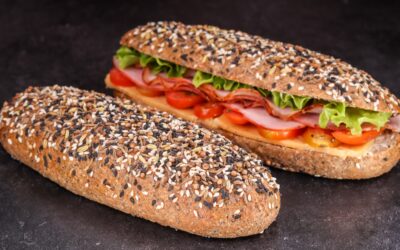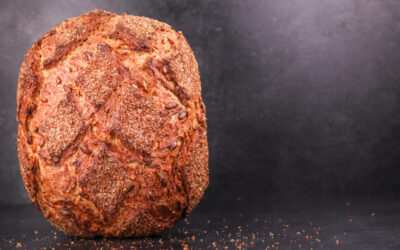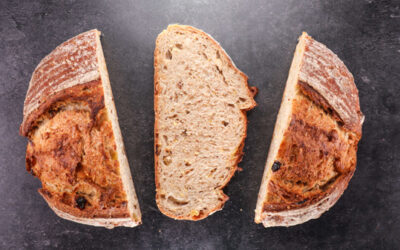Brioche is the most versatile dough ever. It can be turned into pretty much anything and you can find great examples for it in the Brioche playlist on my channel.
A whole wheat version had not come into my mind and I’m not sure whether a viewer suggested it, or I finally realized it myself, but here we are. It is totally possible, and the result is awesome.
All it took was swapping the white flour for whole wheat, increasing the hydration a bit, and adding an extra egg into the mix. The method is pretty much the same as my standard brioche.
You can turn this into whatever you like. I think a tin loaf is the best application because this dough is looser and weaker than standard brioche. Hot dog rolls would be a good option too. Or a tear and share bread baked around a wheel of soft cheese like the one in the Christmas playlist.
This recipe makes around 1kg (2.2lb). I usually split my brioche dough in two and use it for separate projects.
Watch the video down below for detailed instructions.
Ingredients
500g (1.1lb) whole wheat flour, chilled
50g (1.75oz) water, chilled
300g (10.6oz) eggs, chilled
13g (0.45oz) salt
40g (1.4oz) sugar
7g (0.24oz) instant dry yeast or 8.4g (0.3oz) active dry yeast or 21g (0.74oz) fresh yeast
200g (7oz) cold butter that has been pressed between baking paper to make it soft
To learn more about dough temperature control click here.
Egg to brush
The flour I use has a protein content of 13%. If your flour is weaker, then you may need to lower the hydration.
If you are using active dry yeast, then you may need to let it sit in the water for 10 minutes before adding the other ingredients or else it could take a lot longer to raise the dough.
If you are curious about why the dough contains butter, egg, and sugar, click the links to learn more about the effects those ingredients have on bread dough.
Method
- In a mixing bowl combine the water, salt, yeast, sugar, eggs, and flour. Mix until there is no dry flour left. Switch the mixer on 2nd (slow) speed. Mix for 10 minutes. After the first 10 minutes start adding the butter in chunks. Mix for another 5 minutes scraping the sides of the bowl down if need be. Once the butter has mixed into the dough turn the speed up to medium. On my mixer it is the 4th setting. Mix for around 5 minutes or until the dough stops sticking to the sides and bottom of the mixing bowl. Turn the speed back down to the 2nd (slow) setting. Keep mixing for another 5 minutes. The total mixing time should not exceed 25 minutes. *Desired dough temperature around 26C (79F).
- Shape the dough into a ball, place it into a bowl, cover and refrigerate for 30 – 45 minutes.
- Fold.
- Refrigerate for 30 – 45 minutes.
- Divide the dough into 2 equal pieces and shape into balls. Wrap them in clingfilm and cold proof for 18 – 24 hours.
- The following day divide the dough into as many pieces as you need.
- Rest for 30 minutes.
- Final shaping.
- The final proof will take around 2.5 – 3 hours depending on the temperature of your kitchen. *During the final hour of fermentation preheat your oven to 160C (320F) fan on.
- Brush with egg wash and bake. A loaf will take around 45 minutes and buns will take about 25.
- Leave to cool down and enjoy.
Keep in mind that the conditions in each kitchen are different, so fermentation times may vary for you. It is up to the baker to control the bread and react accordingly.
Your oven may be different too, so your baking time may vary.
Watch the video here



